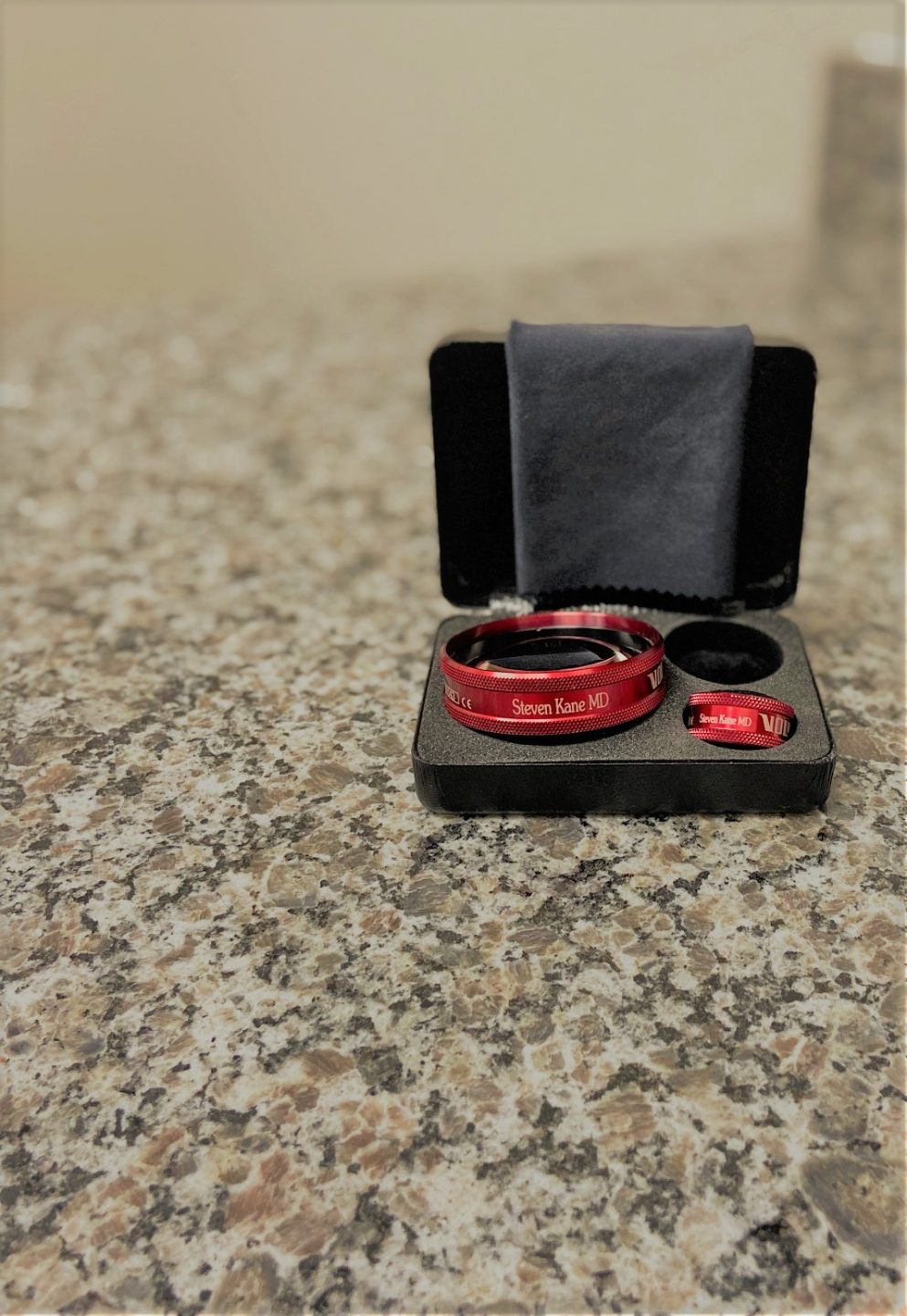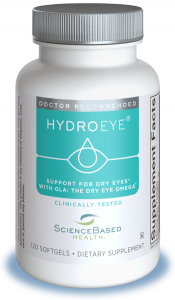Dry Eye Disease
Keratoconjunctivitis sicca is the medical word for dry eye disease and because it has many causes, it often requires a combination of treatments to control. There are no known cures for dry eye disease. Today, however, we have many good treatments that can improve your comfort and the quality of your vision. Dry eye disease has many causes including environmental factors, chronic allergies, reduced tear production, accelerated tear evaporation, poor quality of tears, ocular surface inflammation, hormone changes, medication side effects, and poor eyelid position and diminished blink response.
Dry eye disease can present in many different ways from burning, stinging, gritty feeling in your eyes, to excessive watering, redness, light sensitivity, poor contact lens tolerance, and blurry vision. The combination of changes in the tear film and the surface of the cornea contribute to eye pain as well as blurry vision or fluctuating vision when reading, watching TV or using a computer. Read below to learn more about dry eye disease and some of the treatments available.


